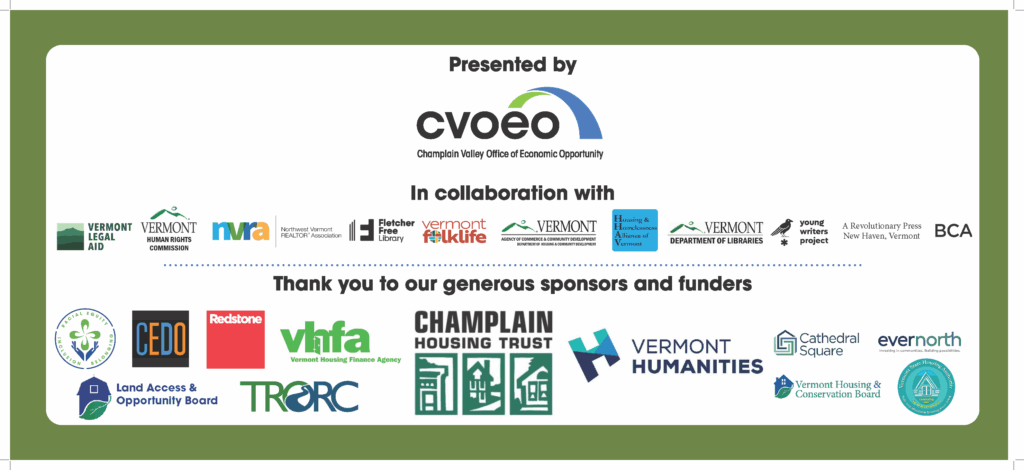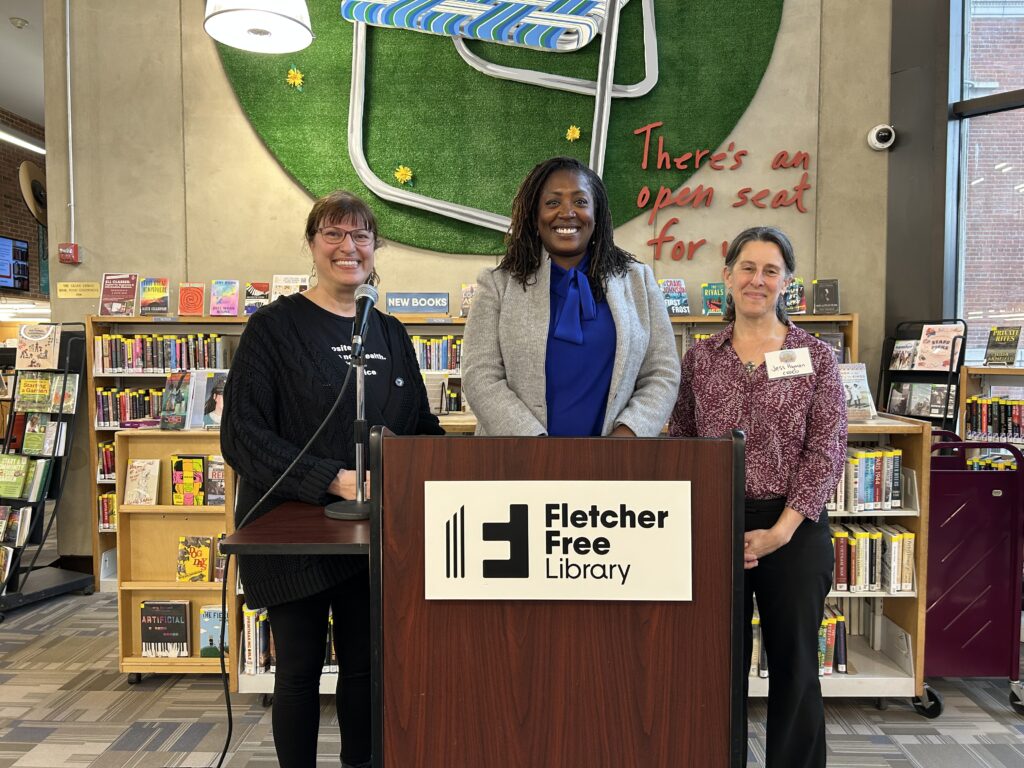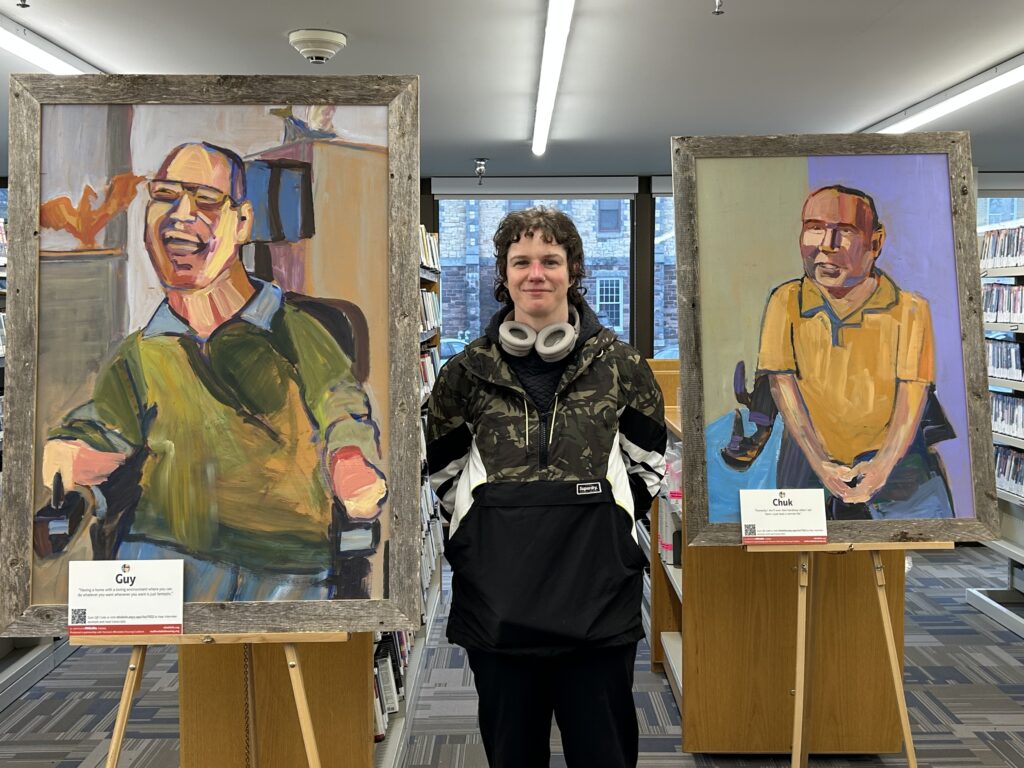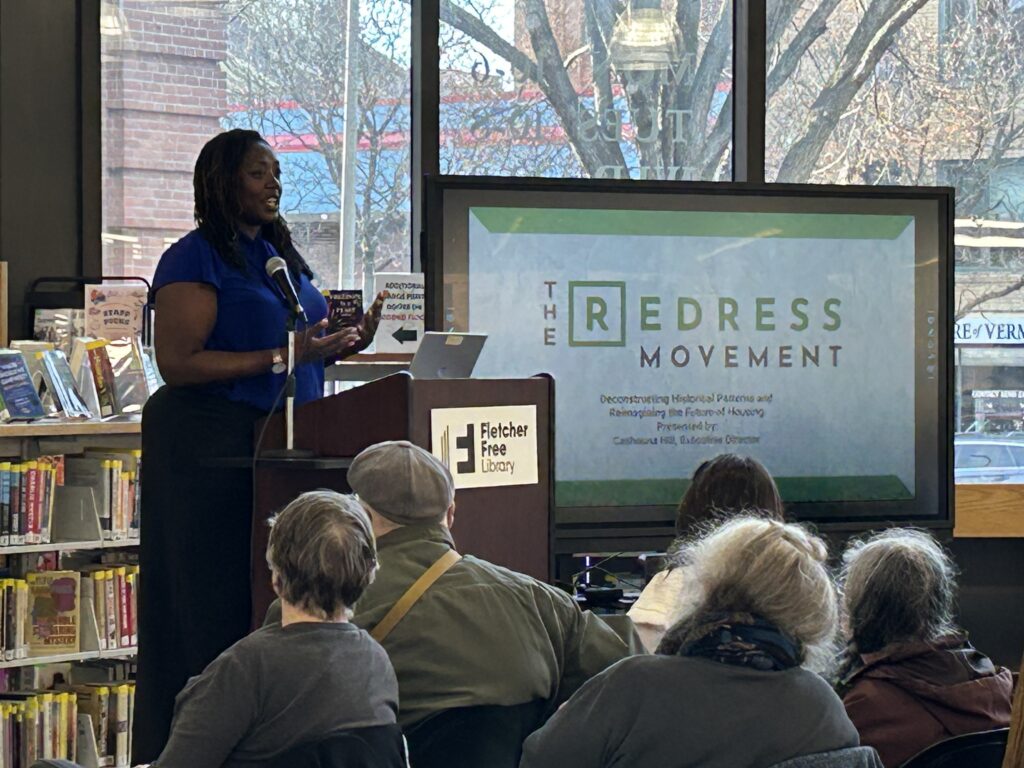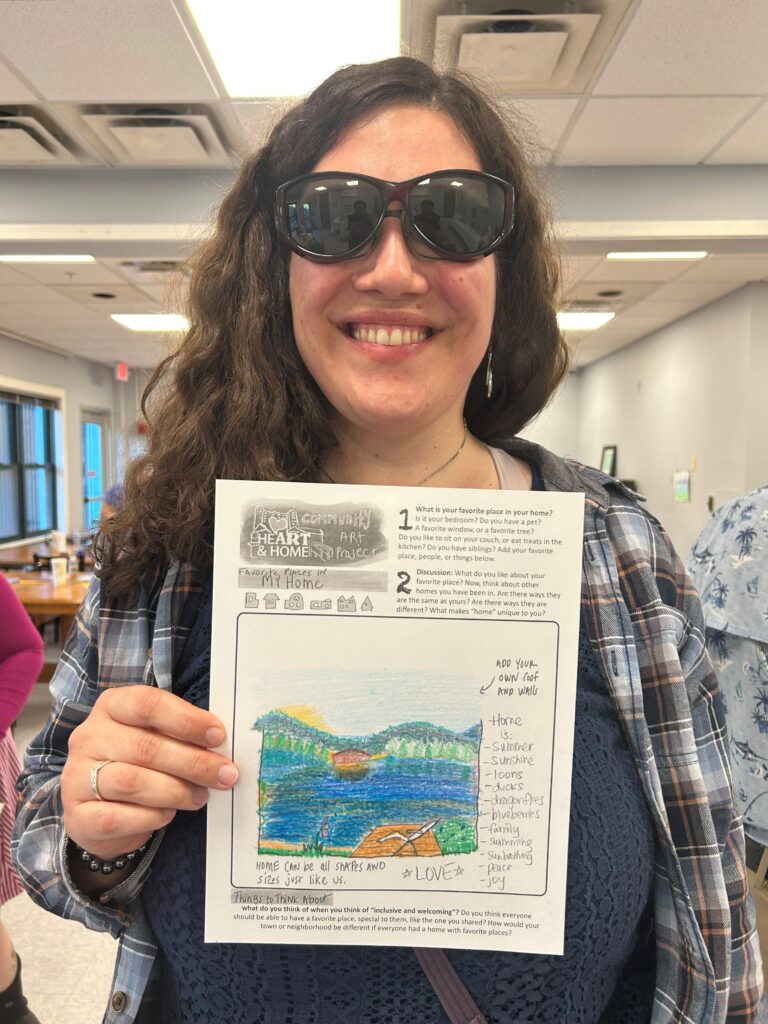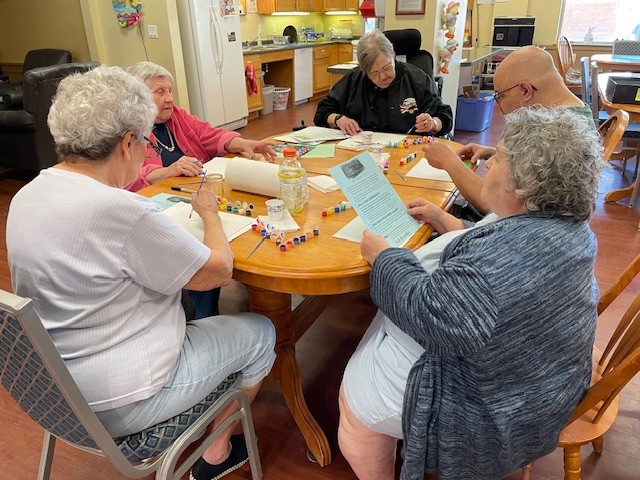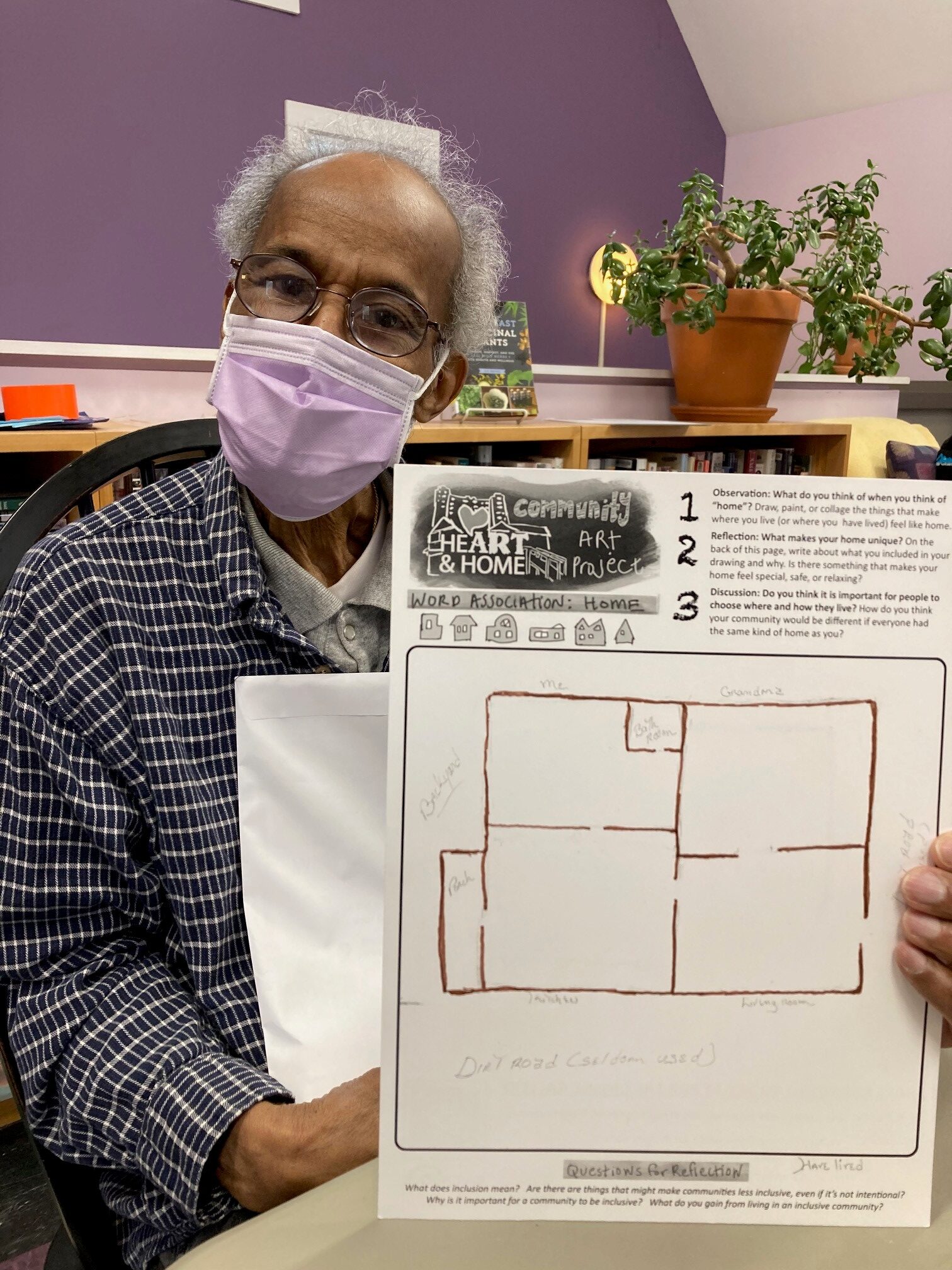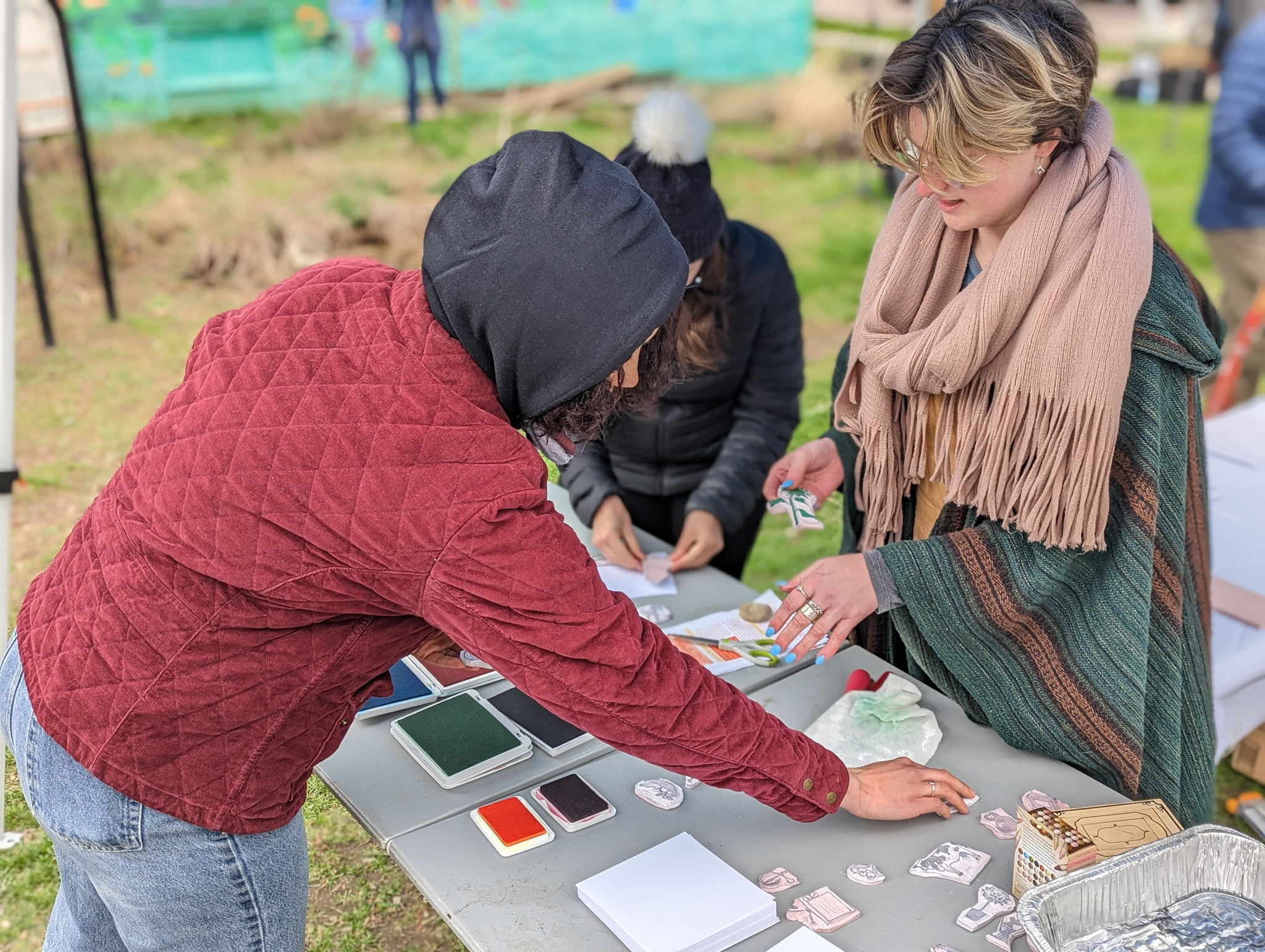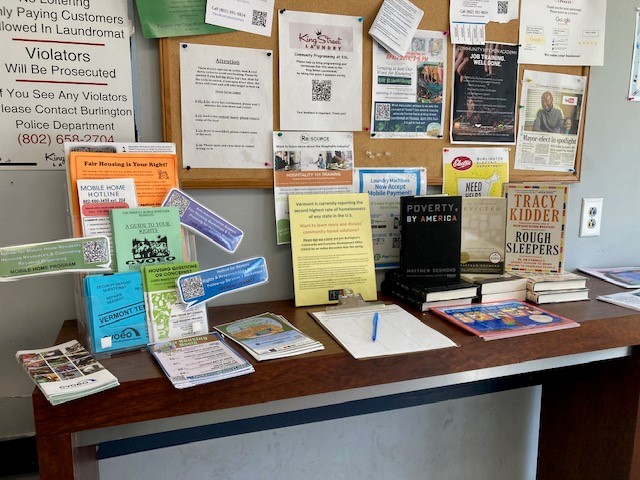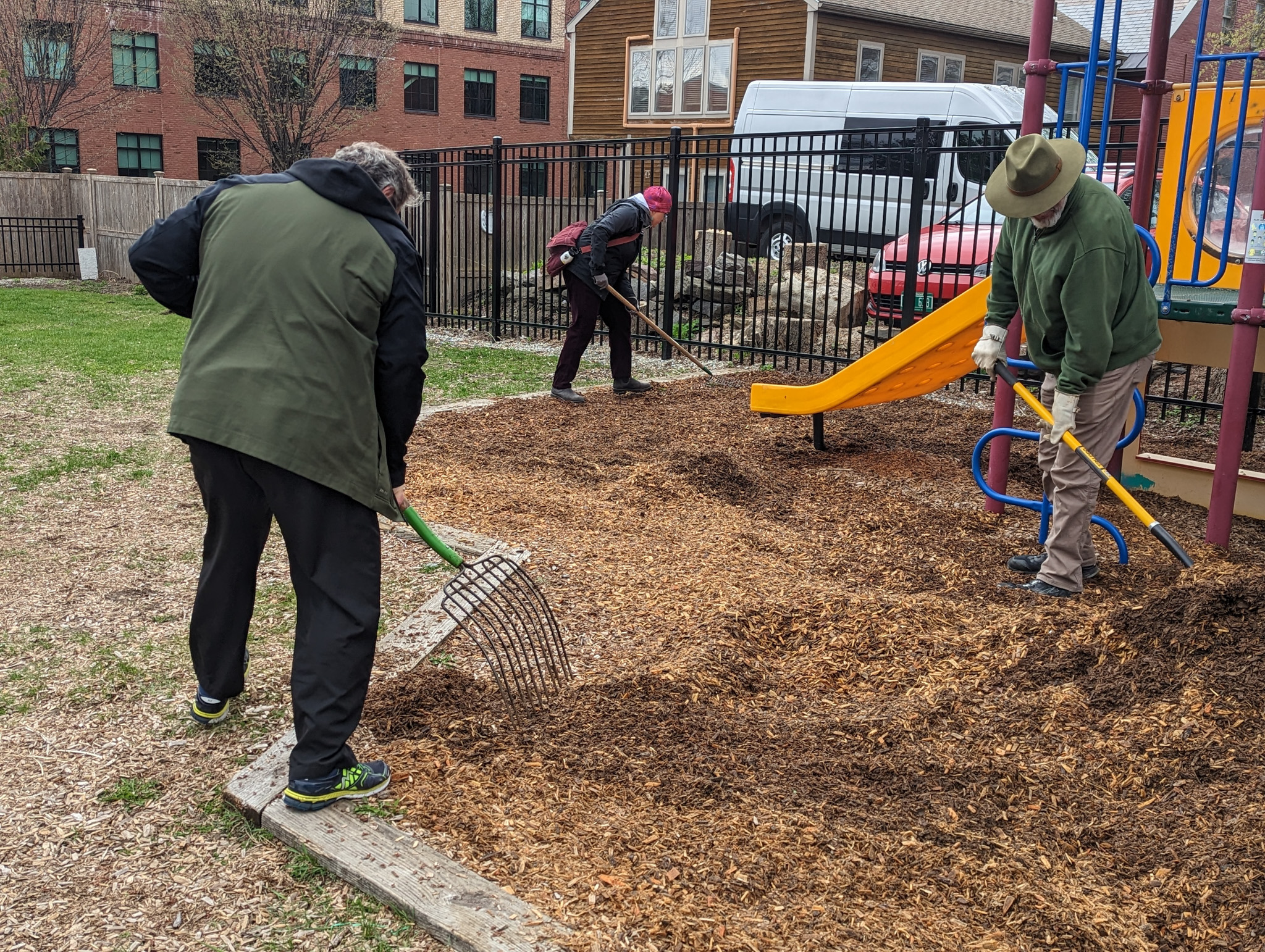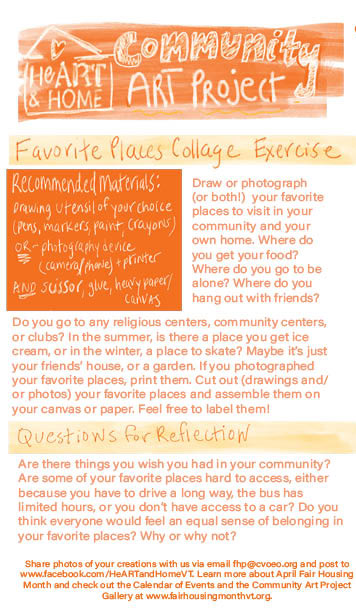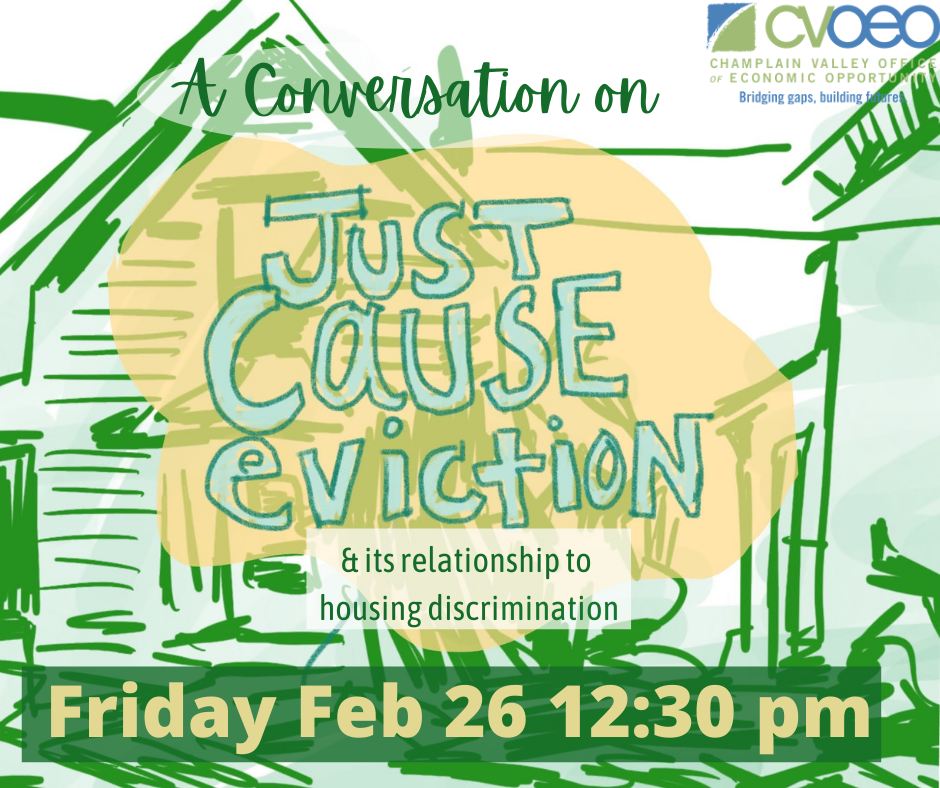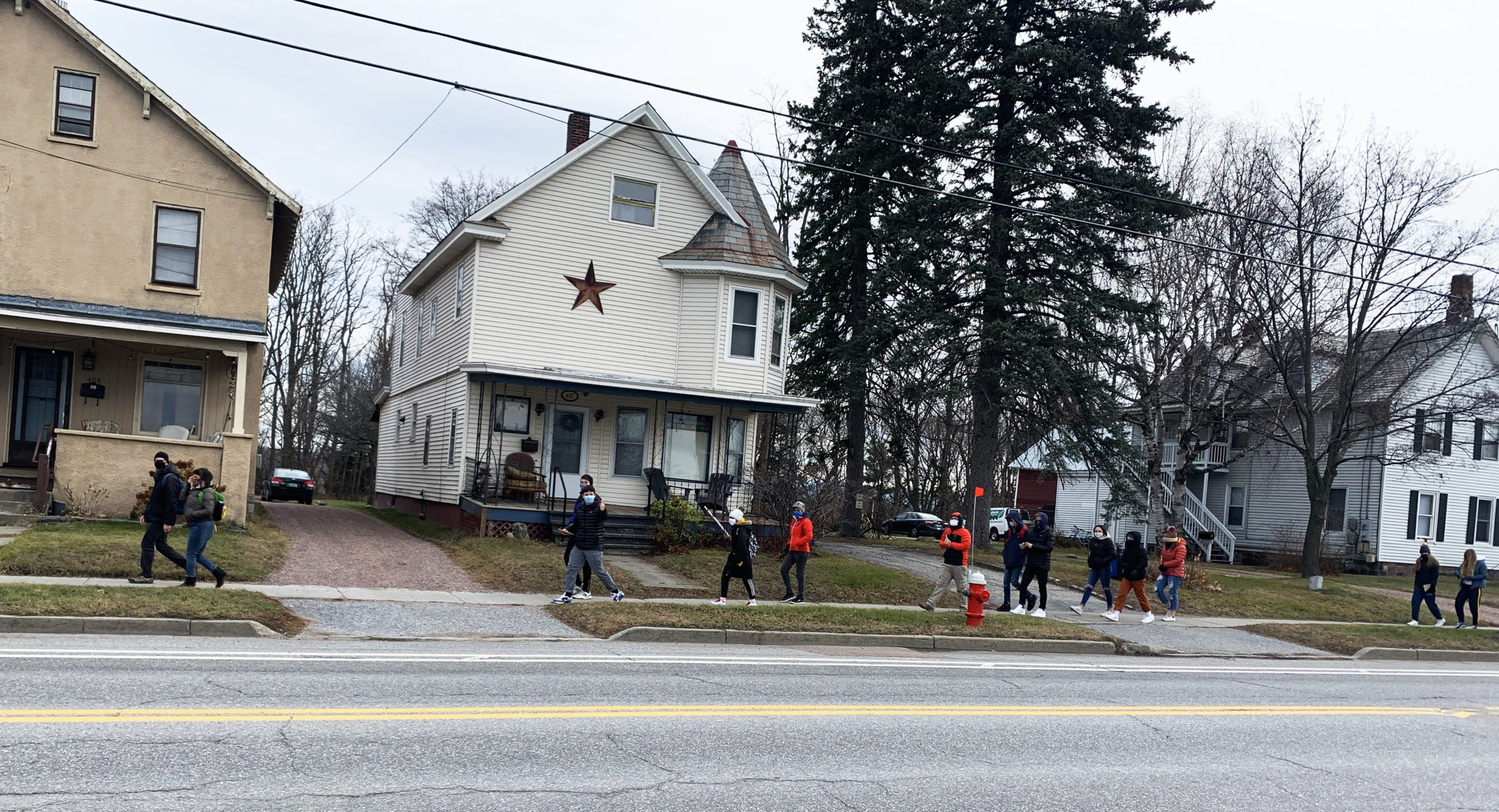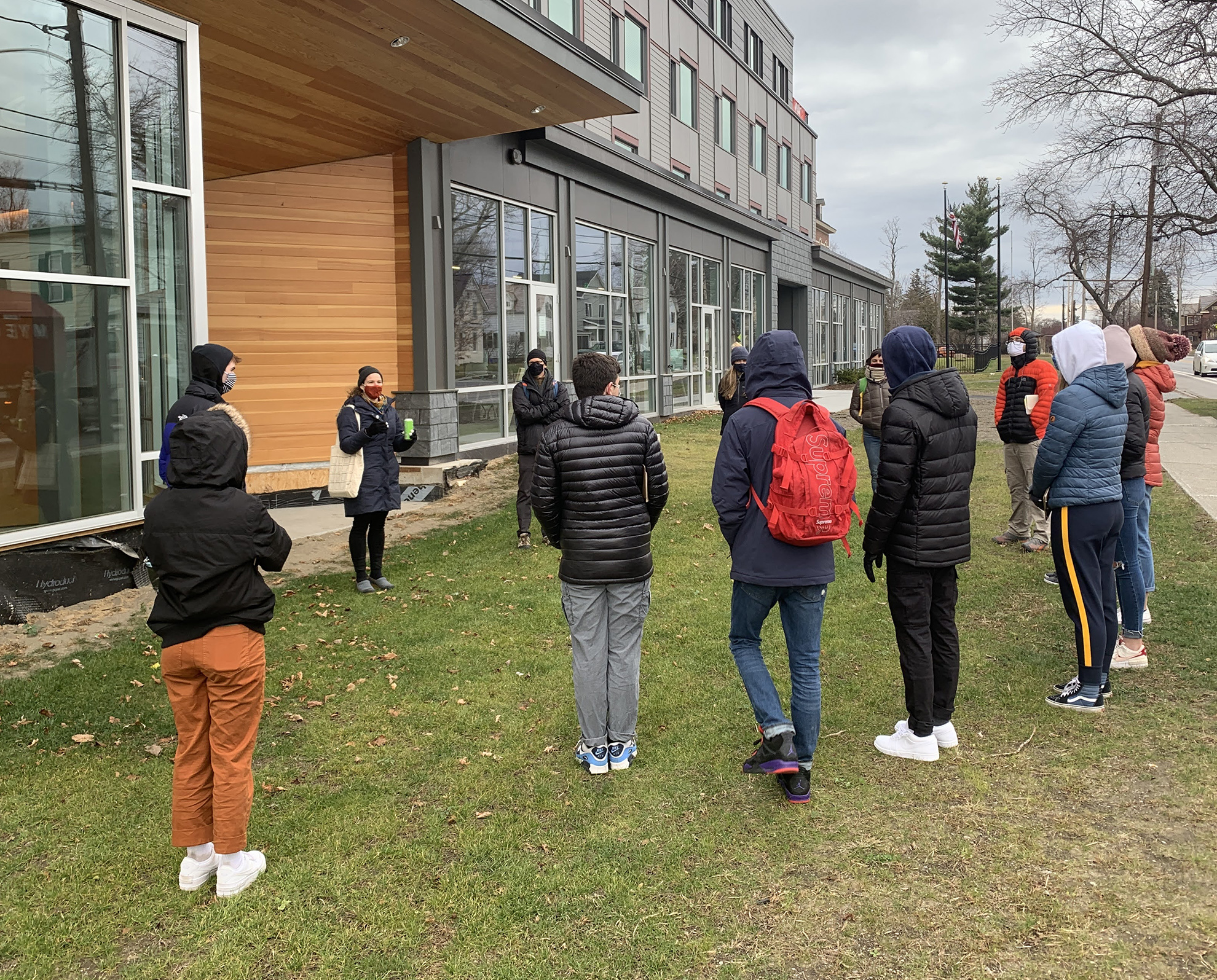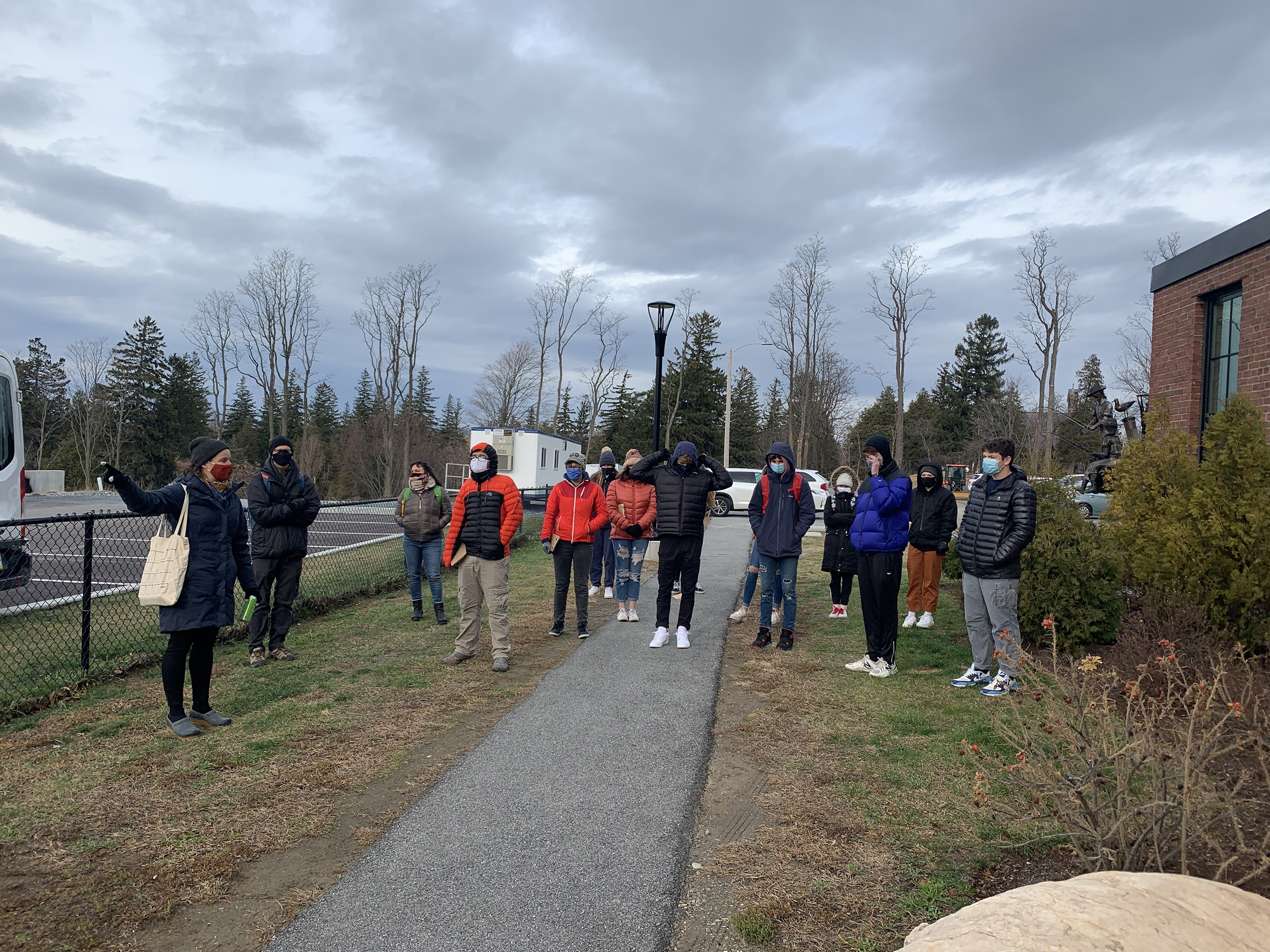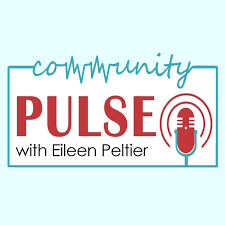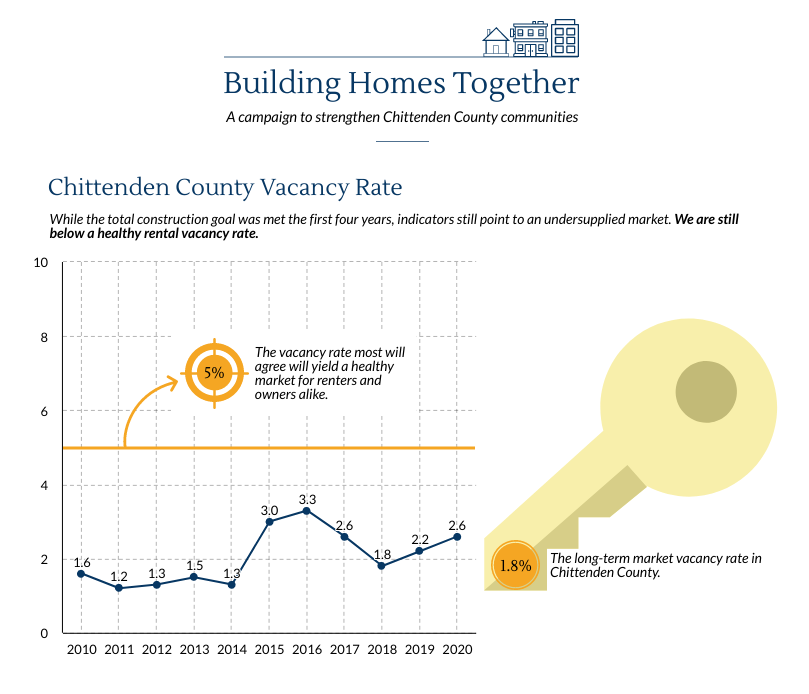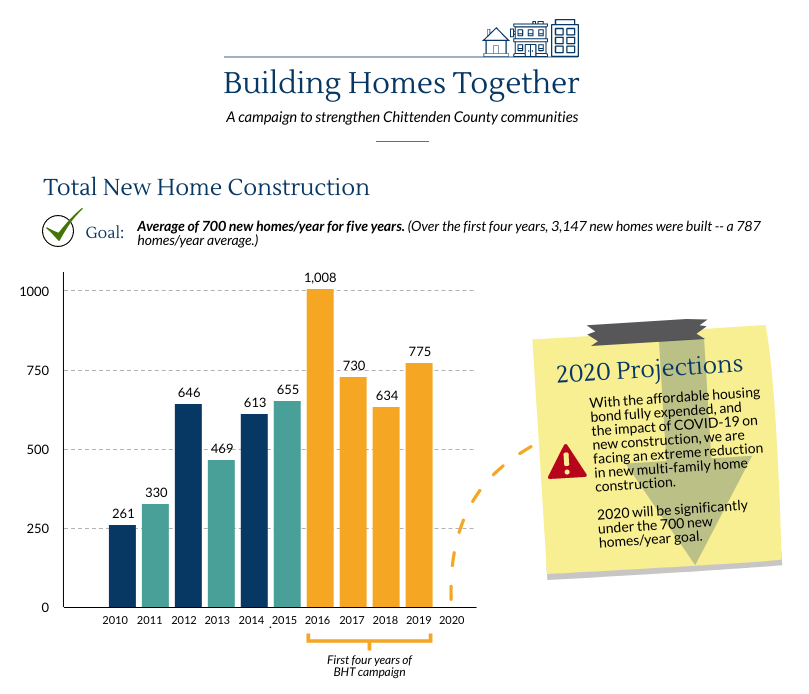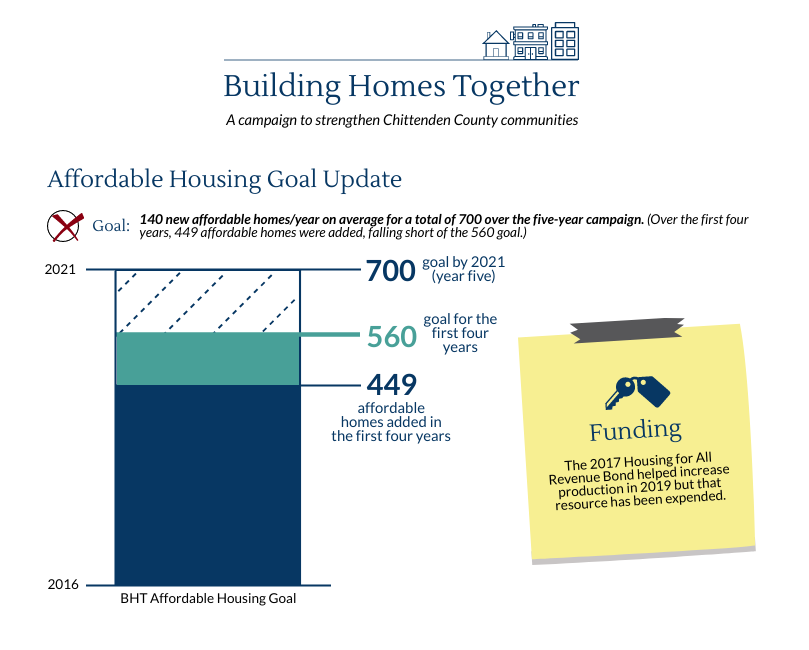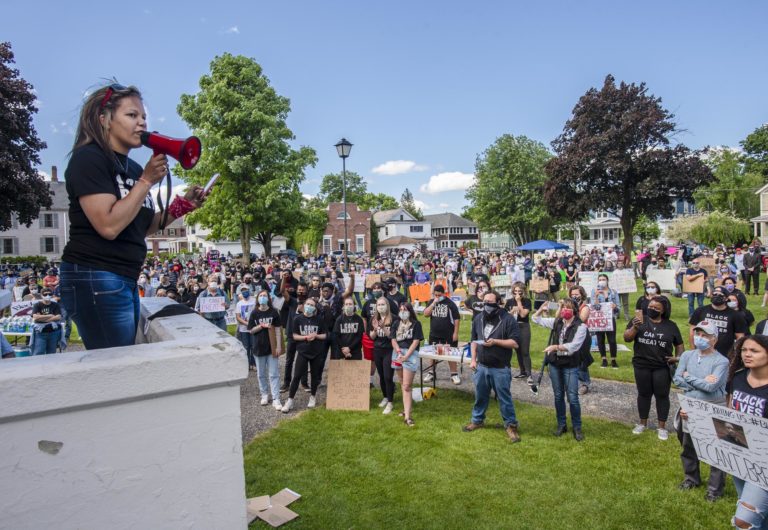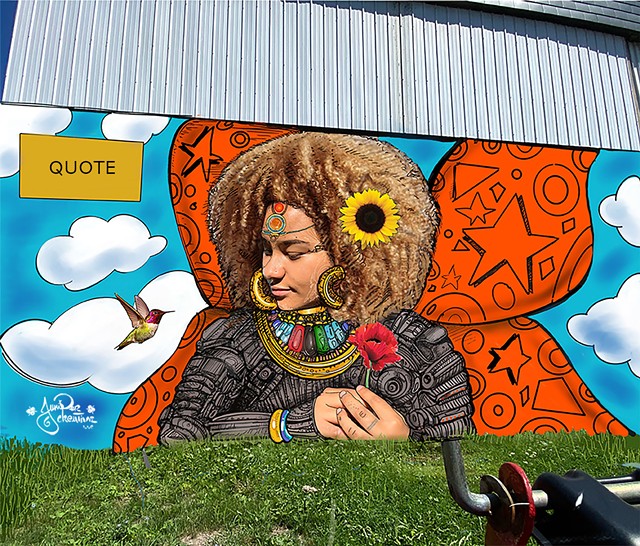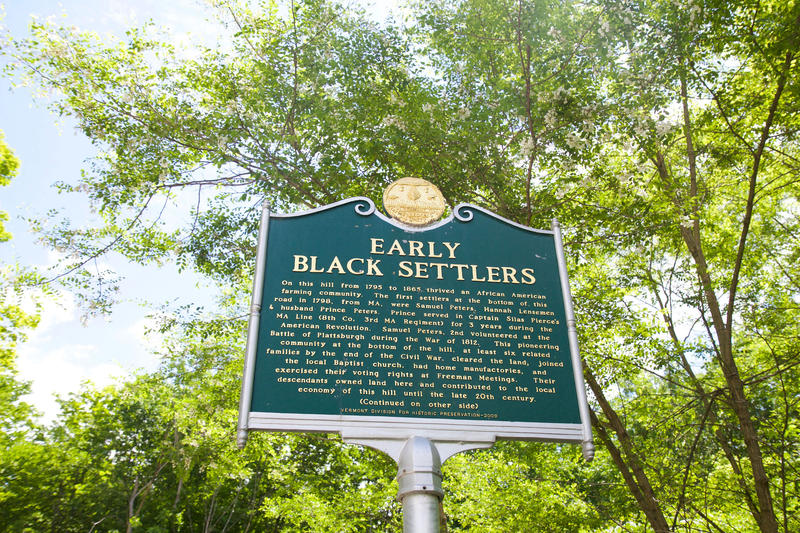2025 Fair Housing Month – Rolling the Credits
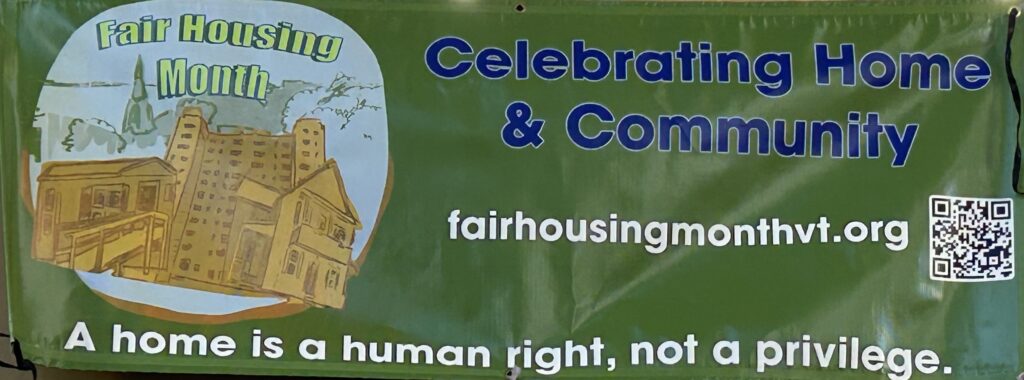
Join us for the Fair Housing Exhibit Closing Reception on Thursday, May 29th from 6p-8p at Burlington City Hall: https://fairhousingmonthvt.org/event-calendar/city-hall-art-exhibit-closing-celebration-5-29-25
We’ve officially wrapped up another successful and impactful Fair Housing Month. During this time, we celebrated the progress we have made towards addressing historical discrimination in housing while also taking time to mourn the regression we have seen and gather with each other to discuss more ways to enforce fair housing laws, prevent illegal housing discrimination, and be vigilant in protecting our most vulnerable community members.
Although April is Fair Housing Month, people are impacted by illegal housing discrimination all year long and we must continuously do fair housing advocacy, enforcement, education and outreach to rectify the plight of those who have been disenfranchised, oppressed and traumatized by housing injustices. We started the month with a Fair Housing Awareness Day at the Vermont Statehouse in collaboration with the Vermont Human Rights Commission. Throughout the day, we shared fair housing resources and information about illegal housing discrimination and engaged in discussions about the reality of our housing landscape and its impact on Vermonters. A Revolutionary Press was onsite making bookmarks with hand-set type and on a hand-operated letterpress for legislators, statehouse staff, and visitors. Kahlia Livingston, Fair Housing Project Education & Outreach Coordinator and Jess Hyman Associate Director of CVOEO’s Housing Advocacy Programs delivered testimony alongside Big Hartman, Executive Director of the Vermont Human Rights Commission in front of the House Committee on General and Housing and Senate Committee on Economic Development, Housing and General Affairs. We explained why it is crucial for the State to increase funding for fair housing enforcement and pass future housing related policies through a fair housing lens emphasized the importance of the need for rent stabilization, protecting communities of people vulnerable to housing discrimination, and building affordable housing that is accessible; and we spoke on behalf of the Housing Access for Immigrant Families bill (H.169) to include “Immigration and Citizenship Status” as a protected class. The initial language of that bill made it unlawful to require social security numbers in rental applications as many immigrants face a barrier to accessing housing if they do not obtain a social security number. Advocates from Migrant Justice were present doing testimony and a press conference to encourage support if this bill. Students from Winooski and Colchester high schools joined the testimony to share personal stories about how the current statewide housing crisis affects their families. Following Fair Housing Awareness Day, Vermont’s governor, Phil Scott issued a statewide proclamation in support of fair housing laws and their enforcement. The Vermont Legislature further committed to Fair Housing Month in a concurrent resolution and the Town of Hinesburg and the Town of Burlington have also recognized the necessity of fair housing laws and pledged to carry out implementation. The 2025 Fair Housing Proclamations can be read here.
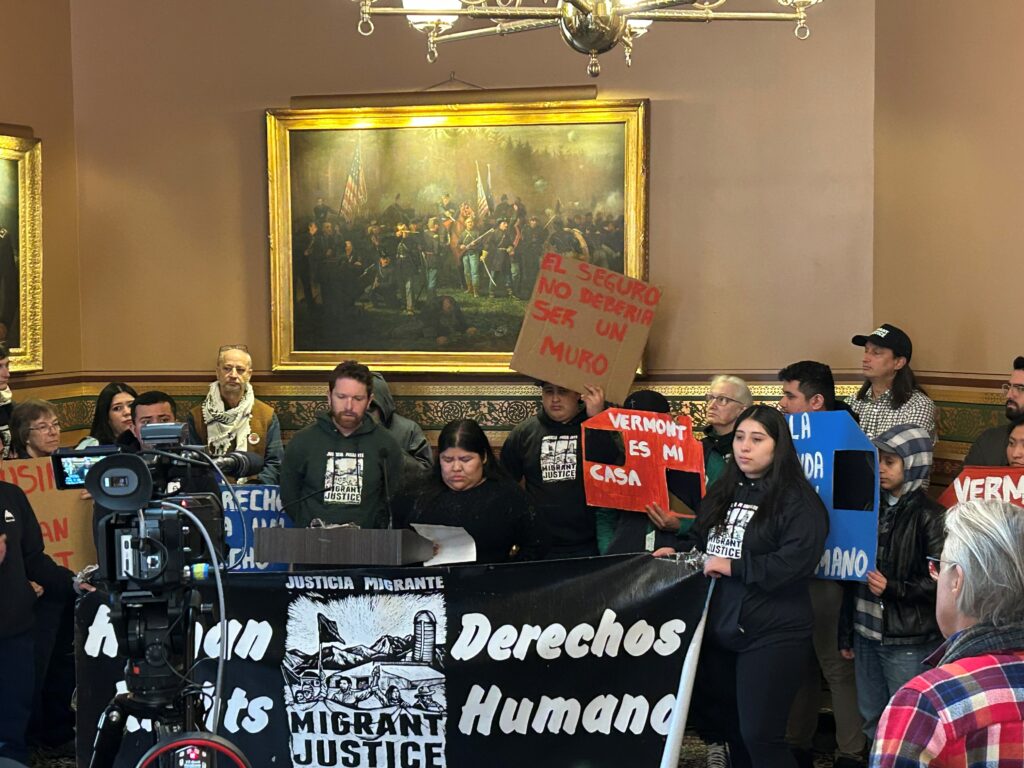
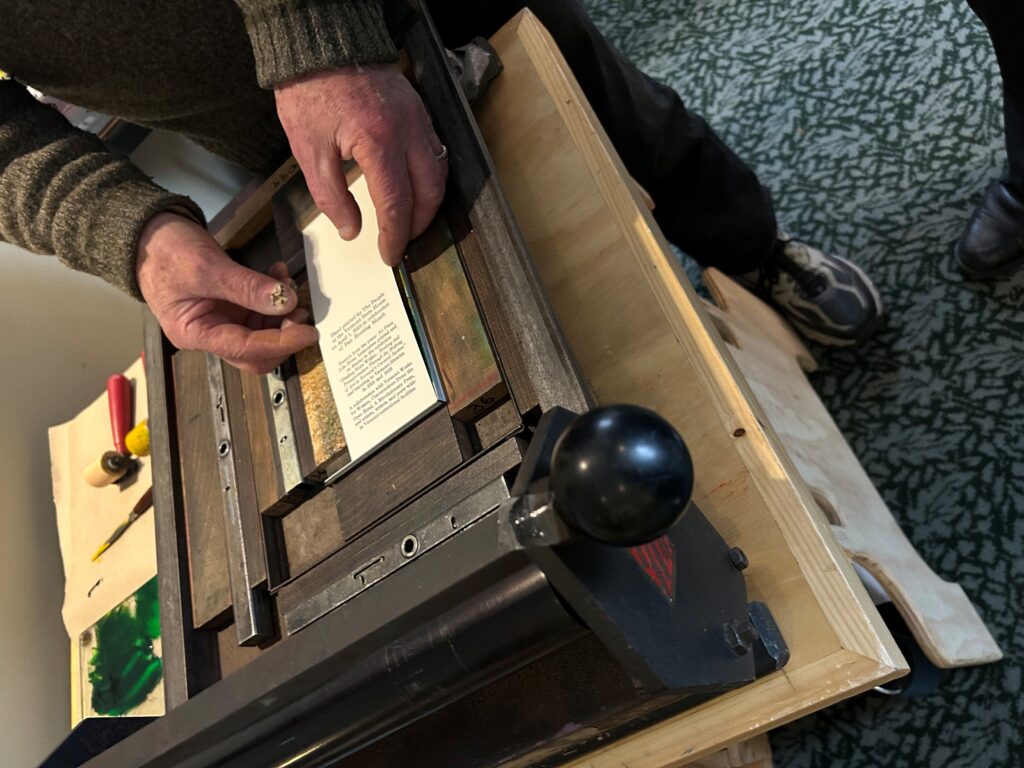
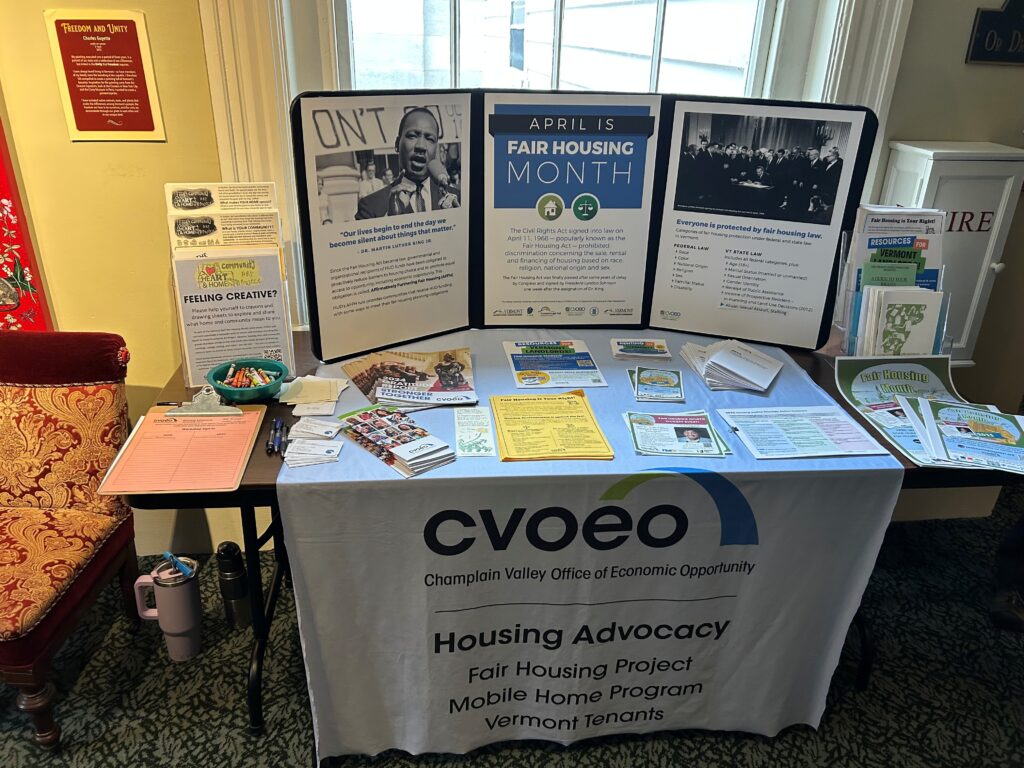
On April 3rd we hosted a kickoff event to celebrate Fair Housing Month with special guest Cashauna Hill, Executive Director of the Redress Movement. The evening featured a reception with refreshments and an opportunity to explore the inspiring “Voices of Homes” storytelling exhibit by Corrine Yonce who opened the event with a few words about the project. Following the reception, Cashauna delivered an engaging and inspiring keynote address and discussion. She presented information about her past and current work to advocate, educate, and litigate for the communities she serves to resolve harms from illegal housing discrimination. Cashauna shared historical and modern examples of housing segregation and breaches of fair housing laws then discussed the established settlements for these acts. Her dedication and contributions to housing justice were inspiring and motivating to our attendees as we mobilize and continue to navigate an ongoing housing crisis where discrimination is prevalent and increasing. This event was in partnership with the Northeast Vermont REALTOR® Association and the Fletcher Free Library and sponsored by the Land Access and Opportunity Board. The keynote address by Cashauna Hill is available to watch here: https://www.cctv.org/watch-tv/programs/fair-housing-month-kickoff-keynote-cashauna-hill
The Fair Housing Friday Webinar Series resumed this year with three new webinars featuring interviews with housing advocates around the state hosted by Kahlia Livingston. The series included an array of topics: we discussed barriers that tenants face and trends in the housing needs of renters, the most recent Housing Needs Assessment and what the projected needs tell us about Vermont housing, and what promotion and commitment to fair housing looks like through a homeownership perspective. The interview guests are dedicated housing educators and advocates from various organizations in Vermont that provide housing services. Watch those interviews here and read the descriptions below:
- “What Do Tenants Need”: Vanessa Bonebo, Executive Staff Assistant of the Vermont Human Rights Commission and Karin Ames, Housing Education Coordinator at CVOEO discussed their experiences working as firsthand resources for tenants around the state dealing with housing barriers and illegal housing discrimination. They both do amazing work that is critical to addressing the harms and trauma that stems from these egregious offenses. Click Here to Watch!
- “Let’s Crunch the Numbers: Addressing the Vermont Housing Landscape” – Nate Lantieri, Research Coordinator for the Vermont Housing Finance Agency joined us to discuss the most recent Housing Needs Assessment that was published last year (2024). We examined what the collected data tells us about our statewide housing necessities. Click Here to Watch!
- “Fair Housing in Homeownership” – Joined by Ana Mejia, Homeownership Specialist at the Windham & Windsor Housing Trust and Julie Curtin, Director of Homeownership at the Champlain Housing Trust who discussed homeownership programs available through their organizations. We examined the importance of accessible resources for homeownership and their efforts to rectify the harms of historical housing segregation and discrimination. Click Here to Watch!
As this year’s fair housing month adjourns, we extend thanks to our partners, sponsors, webinar guests, residents of: Grand Way Commons, Decker Towers, and Wharf Lane, and all facilitators of fair housing month events and the participants who attended. We greatly appreciate everyone who requested Art Kits that include the HeART & Home prompts, and those of you who reached out to share your completed art pieces, and housing events to be included on the fairhousingmonthvt.org website. April was filled with comradery, education, advocacy, art-making, and joyful activities with residents all throughout the state. We hope that these events have increased awareness and passion to achieve housing justice and we’re looking forward to upcoming collaboration and fair housing efforts for the rest of the year. Stay updated with Fair Housing news and events by following our thriving communities social media pages on Facebook, and Instagram (@thrivingcommunitiesvt). Connect with us on social media or send us an email at fhp@cvoeo.org.
CVOEO coordinates April Fair Housing Month activities in collaboration with a statewide network of housing, community, and arts partners, including Vermont Human Rights Commission, Vermont Humanities, Housing & Homelessness Alliance of Vermont, Vermont Department of Housing and Community Development, Vermont Department of Libraries, Vermont Legal Aid, Chittenden County Regional Planning Commission, Fletcher Free Library, Vermont Folklife, Burlington City Arts, A Revolutionary Press, Young Writers Project, and Northwest Vermont REALTOR® Association.
2025 activities are made possible through the generous sponsorship of Champlain Housing Trust, Vermont Humanities, Burlington Office of Racial Equity, Inclusion & Belonging, Burlington Community & Economic Development Office, Land Access & Opportunity Board, Two Rivers-Ottauquechee Regional Commission, Vermont Housing Finance Agency, Redstone, Cathedral Square, Evernorth, Vermont Housing & Conservation Board, and Vermont State Housing Authority.
